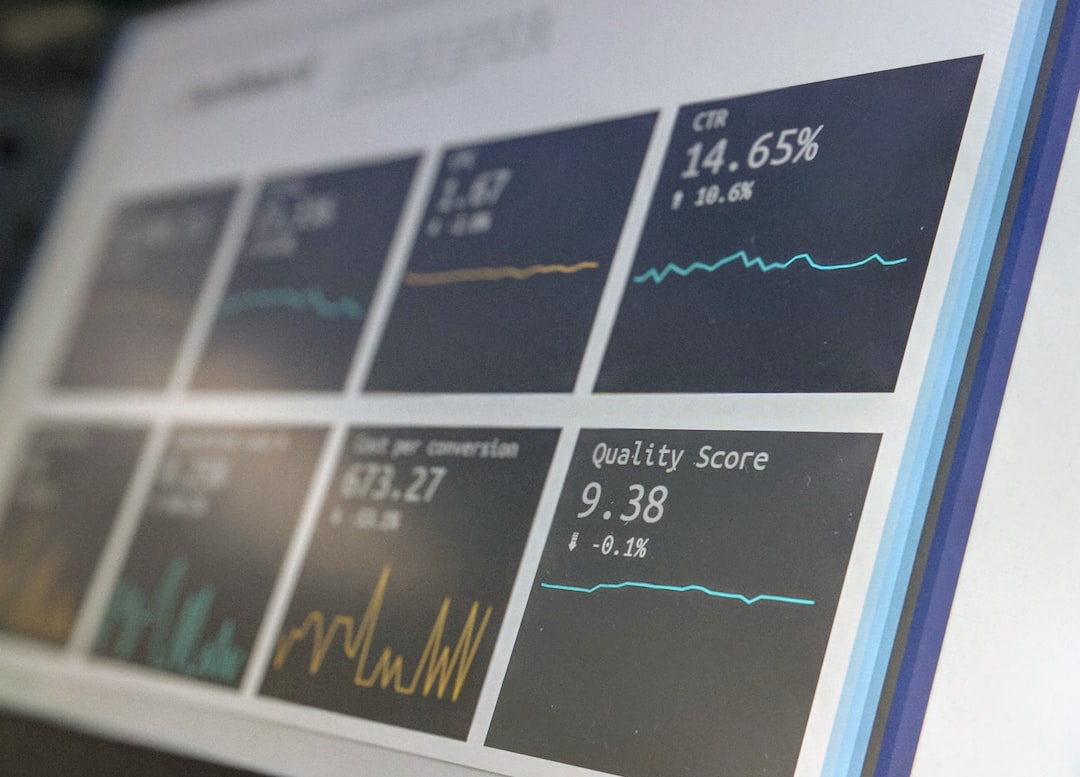
Understanding the Stock Market: A Comprehensive Guide for Beginners.
# Introduction. The stock market plays a pivotal role in the global economy, enabling companies to raise capital and investors to earn returns on their investments. For beginners, understanding the stock market can seem daunting. However, with a clear explanation of key concepts and terms, anyone can become a savvy investor. This guide aims to demystify the stock market and provide foundational knowledge essential for navigating this complex financial landscape. # What is the Stock Market?. The stock market refers to the collection of markets and exchanges where activities like buying, selling, and issuing shares of publicly-held companies take place. These transactions are facilitated through institutionalized formal exchanges, as well as over-the-counter (OTC) marketplaces. By purchasing shares of stock, investors essentially acquire a piece of the company, giving them partial ownership. The market operates on the principle of supply and demand, with the prices of stocks rising and falling based on investors' perceptions of a company's value. # Types of Stocks and Their Characteristics. There are two main categories of stocks—common stocks and preferred stocks. Common stocks provide shareholders voting rights and potential dividends, but they come with greater risk compared to preferred stocks, which typically offer fixed dividends and have a higher claim on assets in the event of liquidation. Additionally, stocks can be classified by their growth potential: growth stocks, value stocks, and dividend stocks. Understanding these types will help investors make informed decisions based on their financial goals. # Understanding Stock Market Indices. Stock market indices, such as the S&P 500, NASDAQ Composite, and Dow Jones Industrial Average, track the performance of a specific group of stocks. These indices provide insights into market trends and help investors evaluate the health of the market. The performance of these indices is based on the stocks they contain, with each index representing a specific segment of the market. For example, the S&P 500 comprises 500 of the largest publicly traded companies in the United States, making it a good indicator of the overall market performance. # How to Start Investing in the Stock Market. To start investing in the stock market, one must first set financial goals and assess risk tolerance. Establishing an investment strategy is also crucial; investors can choose between active and passive management styles. Active management involves making frequent trades to outperform the market, while passive management involves buying and holding investments long-term. It's essential to open a brokerage account, where investors can buy and sell stocks. With many brokerage options available, individuals should weigh factors like fees, research capabilities, and user experience prior to choosing. # Risks Associated with Stock Market Investment. Investing in the stock market carries inherent risks, and it's essential for new investors to understand these risks before diving in. Market volatility can lead to significant price fluctuations; therefore, investors must be prepared for the potential of losing money. Additionally, factors like economic downturns, interest rate changes, and the company’s performance can impact stock prices. Diversification—the practice of spreading investments across various sectors—can help mitigate risks. # Conclusion. Understanding the stock market is essential for anyone looking to invest wisely. By grasping key concepts, types of stocks, and associated risks, investors can make informed decisions aligned with their financial objectives. While investing in stocks can yield substantial returns, it requires thorough research and careful planning. With a solid foundation, beginners should feel confident navigating the stock market and building their investment portfolios. .








